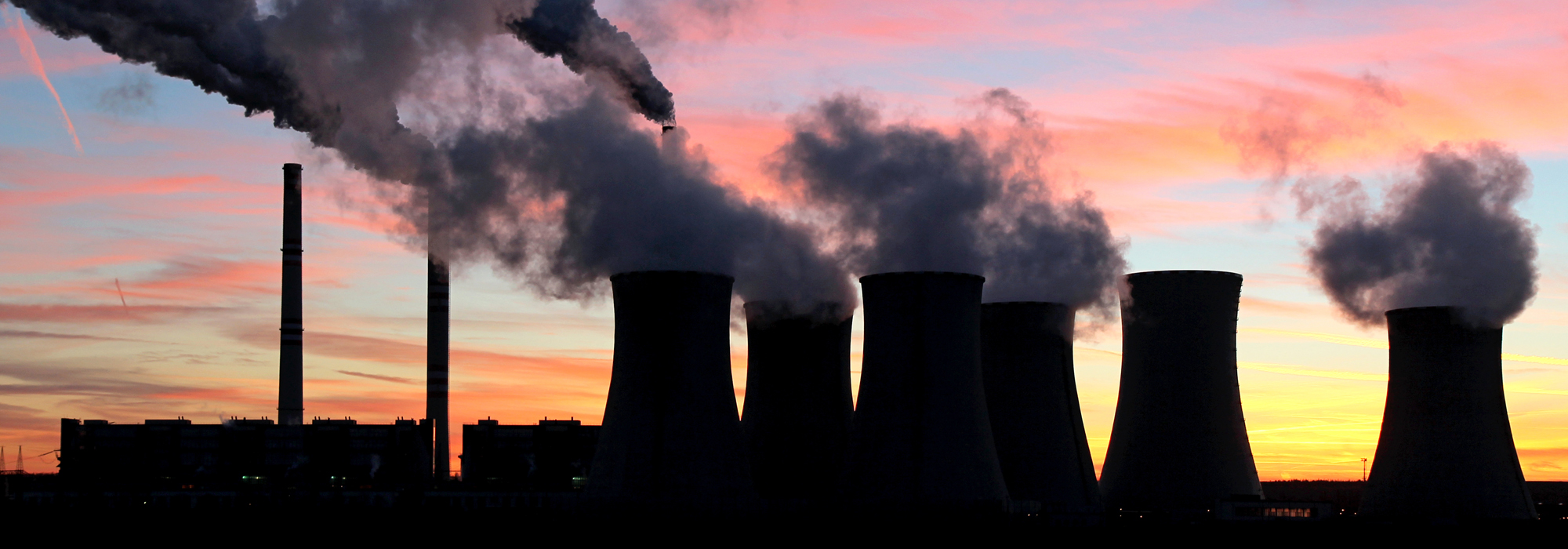
In our line of work, one of the most common questions asked is, “What’s the one thing governments can do to grow renewable energy technology in Canada?” And while it would be challenging to limit the answer to one individual action, there is one policy that supersedes all others in driving the growth of clean technologies and clean energy solutions: putting a price on carbon.
Ontario is well positioned to lead in clean technology when compared to other jurisdictions across North America. The success of the province’s coal phase out was the most significant environmental actions in North America, and drastically reduced carbon emissions in its electricity system. Supportive policies for renewable energy—including wind, solar, biomass and hydro—gave rise to the one of the largest renewable energy sectors in Canada. Combined, these actions have put Ontario ahead of the pack when compared to its sister provinces.
The move puts Ontario in a peer group—which accounts for nearly half of global GDP—that is putting a price on carbon.
But it’s time to turn the page to the next chapter in Ontario’s clean economy story.
Enter Budget 2016, and the details of Ontario’s cap-and-trade system to reduce carbon pollution. The move puts Ontario in a peer group—which accounts for nearly half of global GDP—that is putting a price on carbon.
But what does it mean for clean technology? Fundamentally, a price on carbon, and a limit on the amount of carbon pollution that can be put into our air, means that fossil fuels will become more costly. It also means that the technologies that don’t rely on fossil fuels—solar energy, electricity storage and electric vehicles, to name a few—will step in to help individuals and industries reduce their dependence on those fossil fuels, and save money in the long term.
A less measurable but equally valuable aspect of the cap-and-trade system is the way it makes policy decisions about reducing carbon pollution more purposeful and better aligned around the end goal. For example, the province has already begun to position itself to better compete in the clean energy economy. Ontario has invested in smart meters and grid-connected storage technology, energy efficiency in homes and buildings, incentives for electric vehicles and charging infrastructure, and policies to make it more economical to put solar panels on rooftops. The cap- and- trade system “connects the dots” between these investments, helping residents and companies alike understand how they can generate and manage their costs effectively and cleanly.
The timing for this initiative is right. Unlike the early days, clean energy technologies are increasingly cost-competitive, without subsidies, which makes adoption easier—and more economic for the province over the long term. Since 2009, the price of utility-scale solar PV in the U.S. has dropped 82 per cent, while wind energy costs have dropped 61 per cent, to cite just two examples.
Many in Ontario remain skeptical about the economic opportunities clean energy offers, but the fact is that serious money—a third of a trillion dollars—was invested globally in renewable energy last year. The Ontario government now has the opportunity, and the responsibility, to ensure that Ontarians have access to these technologies, and their value. New projections included in the 2016 budget point to cap-and-trade revenues of $478 million next year and $1.9 billion in fiscal year 2017/2018. These funds have huge potential to help the people and businesses of this province transition into the clean energy economy—and a strategy to utilize them is central the success of the policy
Momentum is on the side of jurisdictions that get in the game, and as a leader in renewable electricity, Ontario has a story to tell of how it has started to create the economic conditions and policy environment required to lead in clean energy technology. Will Ontario seize the day? A price on carbon is a vital piece of the puzzle, and will keep our province moving in the right direction.
Written by Sarah Petrevan and John Gorman.






